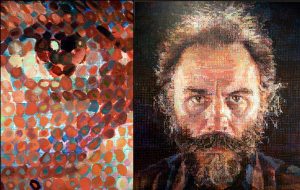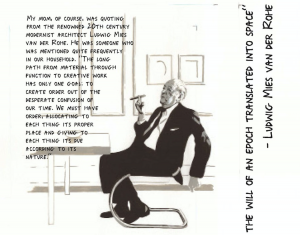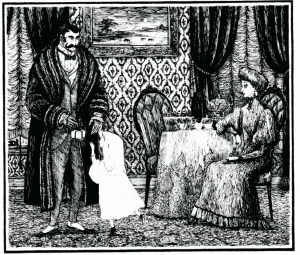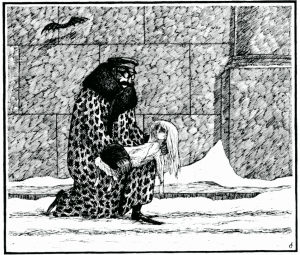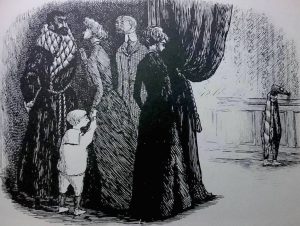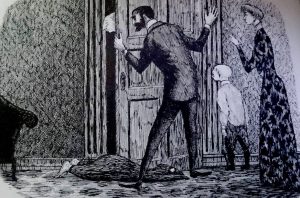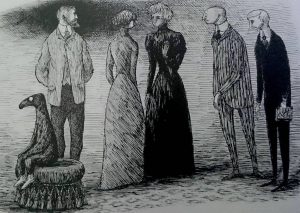Like Jess, I fell in love with Julia’s art as soon as we walked into the exhibition! Two aspects struck me immediately: her style echoes that of the hyper-realist Chuck Close, who is famous for his portraits. To me, Jacquette’s work lands somewhere between Edward Hopper’s “Nighthawks” and a Chuck Close portrait. Close was left suddenly paralyzed in the midst of a blossoming career after suffering a sudden spinal artery collapse. He was forced thereafter to work from a wheelchair and to reconsider his technique, painting for a time with a brush strapped to his wrist. In turn, Close’s portraits became less rigidly hyper-realist, as he began to work with gridded paintings based on repeated shapes. Up close the forms were difficult to discern, but from afar, these portraits are not so different from the average hyper-realist work. While Julia is not working with portraits, stylistically I saw a parallel in the way that they both play with expectations//push artistic boundaries, as well as the use of color.
While Close reframed the boundaries of the hyper-realist genre with the painting style he established after his paralyzation, Jacquette conducts a similar genre or style-bending act in introducing text into her garish, almost ad-like images of food. In her various images, the text is presented as either labels or instructions. One could be reading either a text book, a children’s picture book, or the menu at a pastry shop upon first look at her images. Yet the text itself is striking and poetic, and at times deeply at odds with the bright imagery to which it is linked. I particularly loved “Your Every Word a Perfect Jewel and Knife in My Own Heart.” The stark contrast between the bright, romantic, pink and red tones of the desserts depicted and the sharpness-the bleeding-of the words, is quite striking. The dichotomy between image and text prompted my reflection upon the extent of an artist’s control over the way in which their work is viewed. Who sees what first/which side of the mirror? Jacquette forces you to either read a text expounded by an image, or an image elucidated through text. All semester, this course has centered on grappling with how to process this simultaneous bombardment with the visual and the textual-but to me this Julia Jacquette piece is the most overt example of the ways in which the two collide: a connection that is nuanced and undeniably symbiotic.
I am really looking forward to talking with her in class tomorrow!

